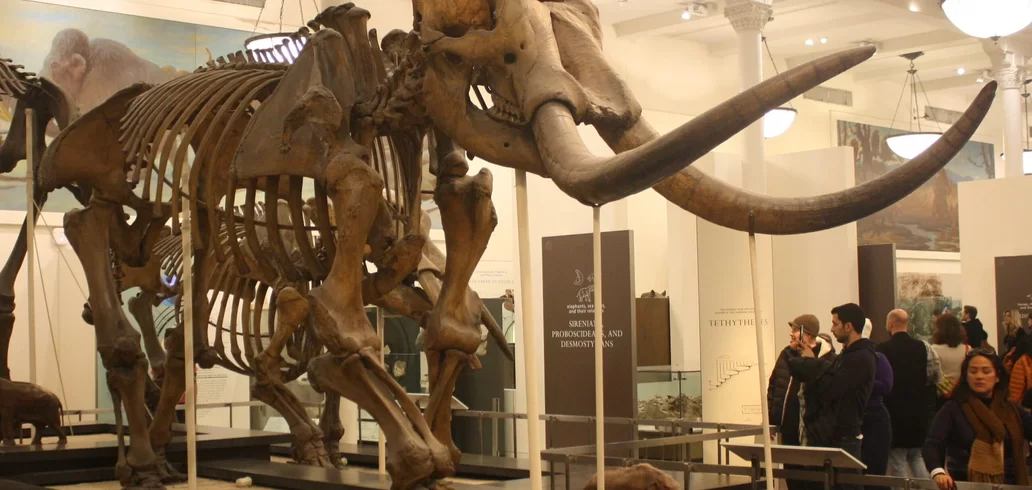Special
Fairy lantern plant reappears in Japan after 30 years
Advertisement
What are fairy lanterns?
Fairy lanterns are rare and fascinating plants in the genus Thismia. They get their name from their unusual appearance and behavior. Fairy lanterns are known for being bioluminescent, meaning they can emit light, appearing to “light up” the forest floor where they live. However, the most intriguing thing is that these plants do not perform photosynthesis, unlike most plants, and obtain their energy from other sources.
These plants usually grow underground in dark, moist soils. They have a symbiotic relationship with mycorrhizal fungi, from which they obtain the nutrients they need to survive. The bioluminescence of fairy lanterns is an unusual and still poorly understood characteristic, which makes them even more intriguing to researchers and nature enthusiasts.
Are fairy lanterns fungal “tricksters”?
That’s right! Fairy lanterns are considered fungal “tricksters.” These plants have a symbiotic relationship with mycorrhizal fungi, but unlike most plants that participate in symbiosis with fungi, they do not contribute nutrients to the fungi in exchange for the nutrients they receive.
Instead, fairy lanterns obtain their nutrients directly from mycorrhizal fungi, without offering anything in return. This strategy is known as “cheating” or “stealing” nutrients, as the plants benefit from the symbiosis without contributing anything back to the fungal partner. This unique behavior is one of the fascinating characteristics of fairy lanterns and is an interesting topic of study for scientists seeking to better understand the ecology of these extraordinary plants.
You may also like

Apps to make your phone faster
Discover the best apps to make your phone faster, optimizing its performance for an efficient everyday experience.
Keep Reading



